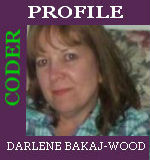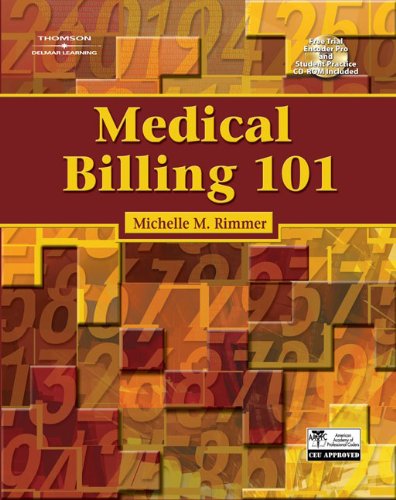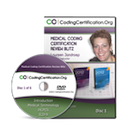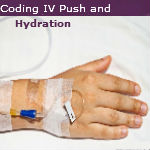There are two definitions for electronic medical records. The National Alliance for Health Information Technology has described these two systems as follows:
An EMR system is used within a single organization such as a solo practice or group medical practice. The health information related to each individual patient is created, gathered, managed, and consulted by licensed healthcare providers and their staff.
An EHR system contains health care information on a patient but is shared across more than one health organization and is managed and consulted by licensed clinicians and staff involved in an individual’s health care.
Technically, an EHR and an EMR incorporate information between each system. They are separate systems that work together – the EMR, for use in the medical practice, and the EHR for interoperability across systems.
For a small or mid-size practice, purchasing an EMR is an expensive investment. Typically, in a small practice, there is no staff IT person and no one with internal expertise. With implementation of an EMR, contracting with an IT person will be a new expense added to the practice. Complicating matters more, is the fact that once an EMR is ready for use; productivity drops approximately 50% due to the learning curve. Providers should plan for revenue decreases ahead of time, if possible, since this transition to EMR guarantees some financial impact.
Every good business wants to see a return on investment (ROI) so finding user-friendly EMR software is essential to promote productivity and smooth cash flow. Practices are encouraged to conduct a workflow analysis by the Agency for healthcare Research and Quality (AHRQ) to address start up concerns such as readiness assessment, quality improvement and strategies for financing health IT, to name a few.
HITECH is a program designed to promote technology for patient care at a national level. With the added financial incentive from the government to put into operation EMR, medical practices are motivated to purchase EMR systems and move forward into the future. The most important factor in purchasing an EMR system is to have someone with IT expertise help the practice make the top purchase decision. Every sales person believes his product is the best, which, logically, cannot be true.
For large practices with strong cash flow and savings, purchasing a client-server EMR may be the most cost effective manner to acquire a system. For the small to mid-size practice, an Application Service Provider (ASP) often gives the best benefit because it requires the least amount for IT staff, updates and upgrades of software. An analysis of your practice’s income and ROI can help a practice decide system to purchase as well as the best vendor.
There are important items to consider when purchasing your EMR from a vendor and they are:
• Certified and compliance to all stages of the meaningful use requirements
• Backed by financially sound, industry leading vendors
• Systems than can interface with billing, scheduling, and charting
• Specific templates designed for a particular specialty if needed
• Scalable to add or reduce physicians
• Set-up provide IT support the practice may need
• Usable and acceptable by all providers involved in use of the EMR as well as the purchase
• Vendors who are qualified trainers in the use of the EMR
When implementing an EMR, select a team that will help you transition over gradually and steadily in order to succeed at making the change over happen.

This is a challenging endeavor and persistence and practice are important.
You want to understand each office procedure within the practice and how each job will be linked to the information entered into the medical record. Scanning of records will be involved as well as actual data entry. Analyzing your workflow before implementation will optimize your transition for the future.
Office space requirements must be considered as well as networking capabilities. It is sensible to have an IT company assess your office’s hardware and other network functions to make sure your office can handle the new software.
Templates are available in EMRs and can be customized to reflect the manner in which a provider treats and records information on each patient.
Besides documentation, EMRs provide mailing labels, patient demographics, e-mail capabilities, alerts on delinquent accounts and more. Research user friendly programs that allow communication between doctors, billers, and other practices.
EMRs can interface with laboratories and hospitals by providing, as well as receiving information concerning a patient. There is a lot of responsibility in the information that is shared between facilities. If your patient data is wrong or diagnosis is unspecified, this information gets transferred to another entity who relies on what you give them to treat a patient as well as bill an insurance carrier.
Providers and hospitals must use a certified electronic medical record program that allows ease of information transfer.
Quality reporting of this information promotes improvements in quality, safety, and efficiency for improved health outcomes.
“Meaningful Use” is the term given to reporting data in specific measures of health care. By qualifying as a provider, bonus payments are given to each provider but data must be reported accurately to the Secretary of Health and Human Services.
The goal of EMR/HER certification is to ensure that systems are secure, can maintain confidential material securely, and can work with other systems to share information.
For final rule on Health Information Technology Specs, etc. visit www.ofr.gov/OFRUpload/OFRData/2010-17210_PI.pdf.
More Related Electronic Medical Records
Different EMR Vendors Electronic Medical Record Vendors
AAPC – EMR & the Billing Service


Since 1981 JoAnne Sheehan, CPC, CPPM, CPC-I, owner of Lomar Associates, Inc. has provided medical practice management expertise as a medical biller and coder, chart auditor, A/R manager , author, and consultant. She has worked on high profile fraud and abuse cases in the Boston area and is also an AAPC Licensed PMCC Coding Instructor.
She has recently joined Laureen Jandroep, CPC, CPC-I, owner of www.codingcertification.org, as an affiliate and independent support representative for CCO’s online physician medical coding program. JoAnne believes CCO offers the most comprehensive approach to becoming a proficient medical coder and is excited to be part of Laureen’s team. She looks forward to working with Laureen and her CCO team and offering students the best education and resources available for the coding profession.
<!–
–>
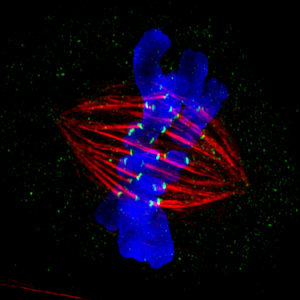 The enemy of all those called to serve in the medical industry is disease. The pathogens, viruses and bacteria that cause a multitude of discomforts for humanity are an ever present danger, lurking about, waiting to inflict suffering on unsuspecting patients. Working on your nurse assistant certificate requires a lot of study and attention to the myriad details involved in the treatment of this multitude of ailments.
The enemy of all those called to serve in the medical industry is disease. The pathogens, viruses and bacteria that cause a multitude of discomforts for humanity are an ever present danger, lurking about, waiting to inflict suffering on unsuspecting patients. Working on your nurse assistant certificate requires a lot of study and attention to the myriad details involved in the treatment of this multitude of ailments.







